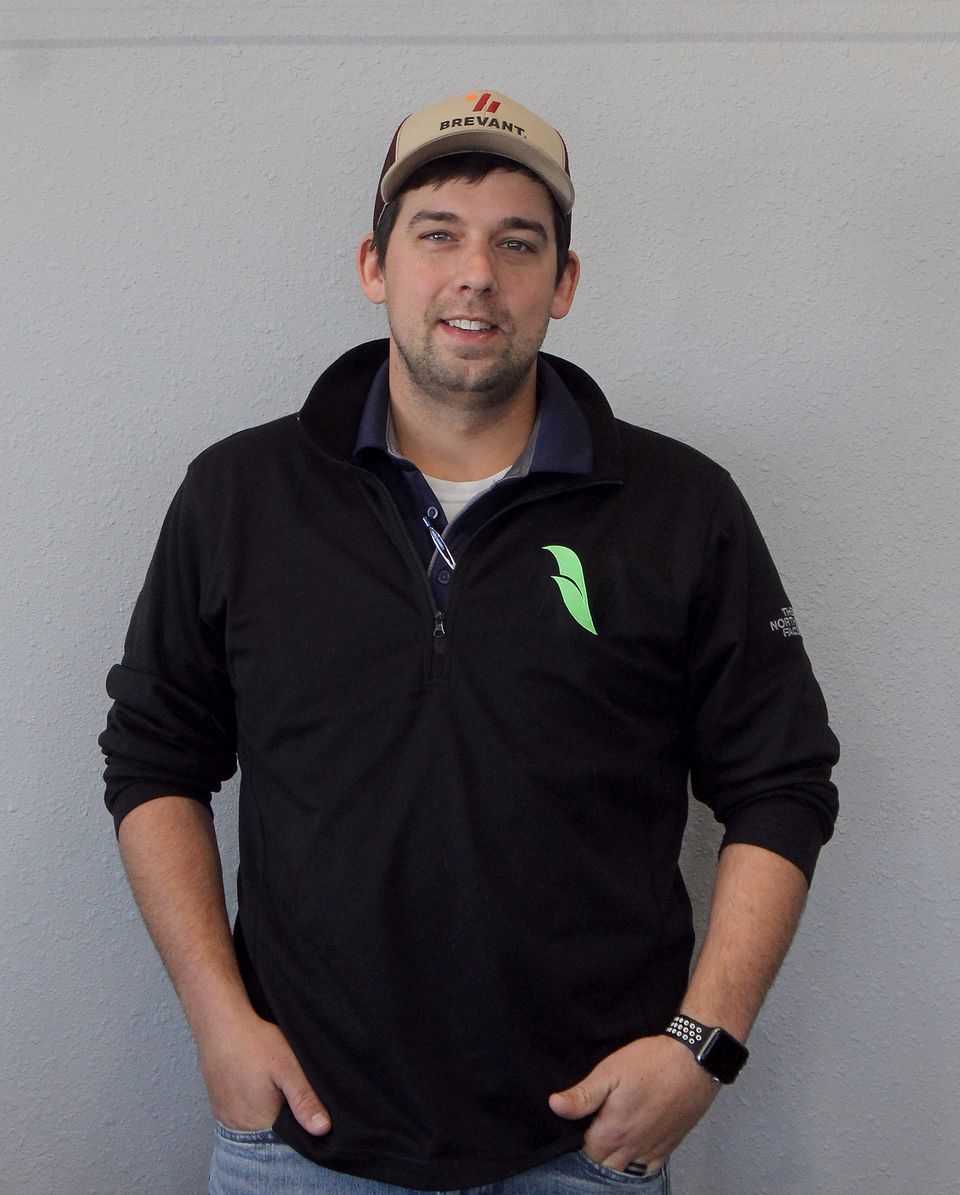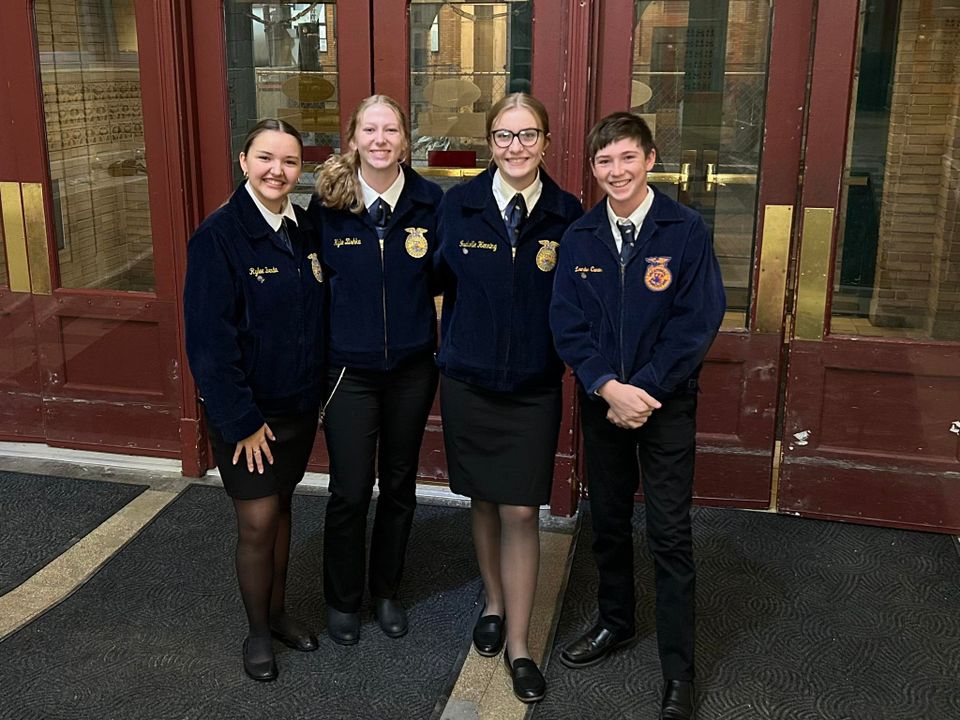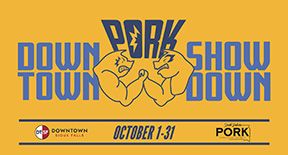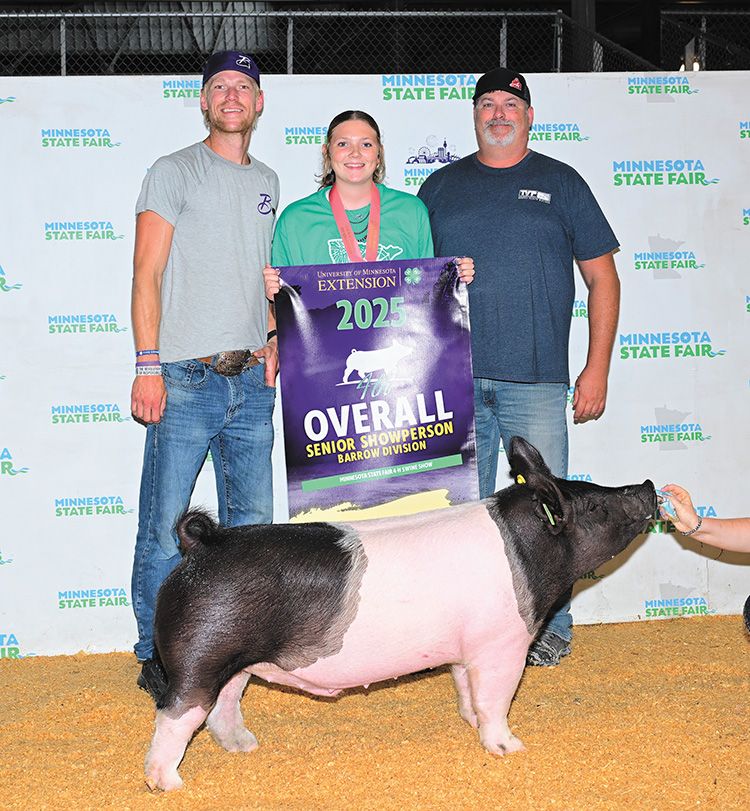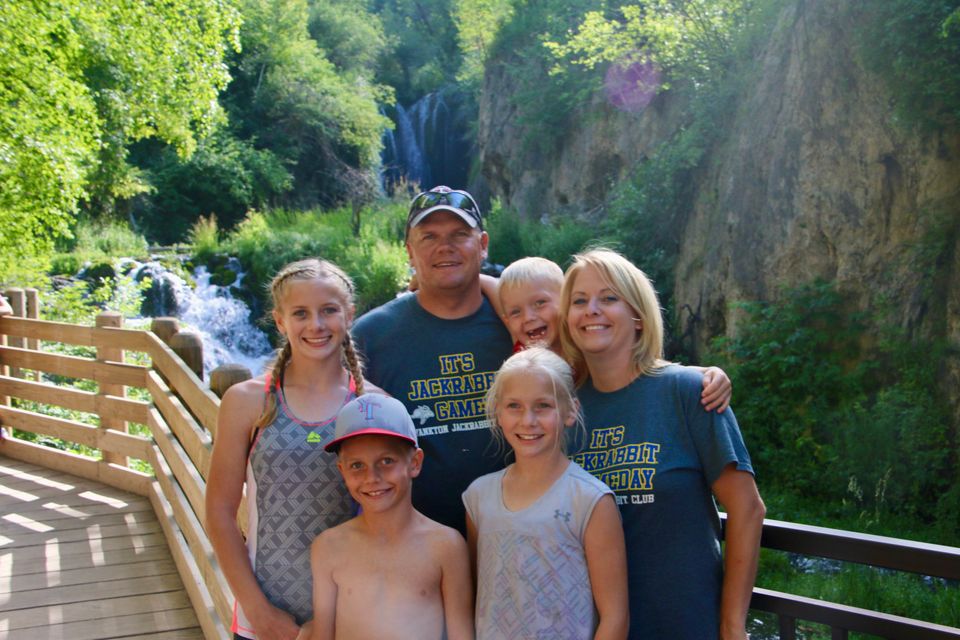New technology can help target weeds, cut costs and increase yields
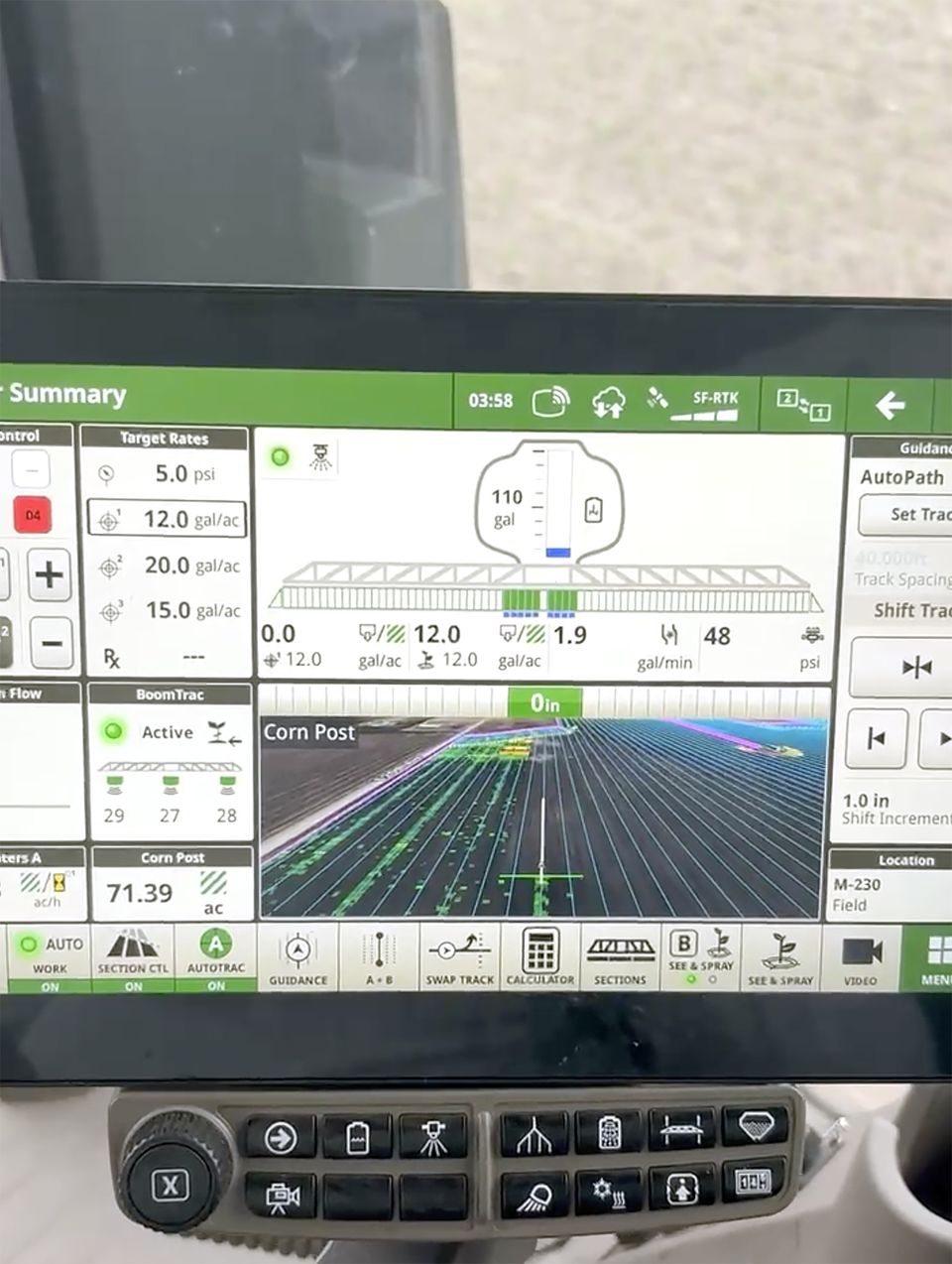
Kyle Kuphal | Staff reporter
kkuphal@pipestonestar.com
New technology that targets weeds is getting positive reviews from those who have used it in southwest Minnesota.
One of the items is John Deere’s See & Spray system. The other is the SMARTSCRIPT drone system from Sentera, which was acquired by John Deere earlier this year.
Ross Van Hulzen, of Edgerton, said Van Hulzen Farms has a John Deere 412 R sprayer that was equipped with See & Spray and another one that came with the technology factory installed that they started using this year. The technology uses cameras mounted on the boom of a sprayer that “look forward and see the weed before the nozzles pass over them,” Van Hulzen said. He said the driver can travel up to 12 mph while using the system, which makes split second decisions about whether to spray or not.
Van Hulzen said the cost saving potential was the biggest factor that interested him in trying the See & Spray technology. The fact that crops that don’t need to be sprayed aren’t sprayed was another factor.
Nick Einck, director of agronomy, at Chandler Co-op, said the Co-op started using the See & Spray and the drone technology this year. The drone uses high precision technology to detect, identify and map weeds with accuracy, according to Sentera. That information is uploaded to Sentera, which provides a prescription that’s uploaded to sprayers, which can then identify exactly where a weed is and which nozzle needs to turn on at what time to spray it.
Einck said Chandler Co-op was interested in the technology in order to implement what it refers to as “site specific spraying.”
“What that means is we’re using technology to identify exactly where the weeds are and just spray the weed rather than the acre,” Einck said. “What that allows for us is an opportunity to cut chemical costs and hopefully boost yields because we’re not taxing the crop with metabolizing all that chemistry.”
To use the See & Spray equipment, the operator selects the crop that’s in the field and anything that’s not that crop gets sprayed.
“It’s approved for corn and soybeans,” Van Hulzen said. “If you have it set that you’re spraying corn, it knows what a corn plant looks like, so anything that is not corn that it identifies as vegetation, it considers that a weed. When you’re in beans, corn is actually a weed in beans, so when you’re spraying beans it actually sprays corn.”
If no weeds are detected, no spray is applied. Van Hulzen said that’s the case the majority of the time.
“In corn, we did not apply 63 percent of the time and we did apply 37 percent of the time, so there was a 63 percent savings in chemical,” Van Hulzen said. In beans, they saved 57 percent.
He said the amount of savings varies from field to field based in part on the amount of weed pressure. It also depends in part on the chemical program used by the farmer.
John Deere charges a per acre fee for the See & Spray system when it’s turned on and not applying herbicide. There is no charge for when chemical is applied. Van Hulzen said that even with the fee, the system is worthwhile.
“The savings outweigh the fee just because there are so many acres you don’t apply,” he said.
Van Hulzen said the technology also saves time because the operator doesn’t have to stop and fill up the tanks on the sprayer as often, and it’s easy to use.
“If you’ve run a John Deere sprayer, it’s very easy to run,” he said. “Literally, you turn it on or you turn it off, and by toggling it on, you just tell it what crop you’re in and it really takes care of itself.”
Einck said the drone must be flown by a trained and certified individual.
He said both the drone and the See & Spray technology have similar outcomes and he’s found them to be equally effective. He said they allow Chandler Co-op to help farmers save money on chemical, and those dollars can then be reallocated to other measures that can help increase yields.
Einck said the technology is expensive for individual farmers, which is why it makes sense for a retail outlet such as Chandler Co-op to purchase it and make the technology available to them. While this type of technology is used by a limited number of farmers today because they’re new, Van Hulzen and Einck said they expect it will catch on and become more widely used. They also expect it to grow in its capabilities and be able to provide additional data in the future.
“We’re sure excited to see where the future takes us and we’re excited that we can offer this for our farmers, our customers and our owners, being as we’re a co-op,” Einck said.
kkuphal@pipestonestar.com
New technology that targets weeds is getting positive reviews from those who have used it in southwest Minnesota.
One of the items is John Deere’s See & Spray system. The other is the SMARTSCRIPT drone system from Sentera, which was acquired by John Deere earlier this year.
Ross Van Hulzen, of Edgerton, said Van Hulzen Farms has a John Deere 412 R sprayer that was equipped with See & Spray and another one that came with the technology factory installed that they started using this year. The technology uses cameras mounted on the boom of a sprayer that “look forward and see the weed before the nozzles pass over them,” Van Hulzen said. He said the driver can travel up to 12 mph while using the system, which makes split second decisions about whether to spray or not.
Van Hulzen said the cost saving potential was the biggest factor that interested him in trying the See & Spray technology. The fact that crops that don’t need to be sprayed aren’t sprayed was another factor.
Nick Einck, director of agronomy, at Chandler Co-op, said the Co-op started using the See & Spray and the drone technology this year. The drone uses high precision technology to detect, identify and map weeds with accuracy, according to Sentera. That information is uploaded to Sentera, which provides a prescription that’s uploaded to sprayers, which can then identify exactly where a weed is and which nozzle needs to turn on at what time to spray it.
Einck said Chandler Co-op was interested in the technology in order to implement what it refers to as “site specific spraying.”
“What that means is we’re using technology to identify exactly where the weeds are and just spray the weed rather than the acre,” Einck said. “What that allows for us is an opportunity to cut chemical costs and hopefully boost yields because we’re not taxing the crop with metabolizing all that chemistry.”
To use the See & Spray equipment, the operator selects the crop that’s in the field and anything that’s not that crop gets sprayed.
“It’s approved for corn and soybeans,” Van Hulzen said. “If you have it set that you’re spraying corn, it knows what a corn plant looks like, so anything that is not corn that it identifies as vegetation, it considers that a weed. When you’re in beans, corn is actually a weed in beans, so when you’re spraying beans it actually sprays corn.”
If no weeds are detected, no spray is applied. Van Hulzen said that’s the case the majority of the time.
“In corn, we did not apply 63 percent of the time and we did apply 37 percent of the time, so there was a 63 percent savings in chemical,” Van Hulzen said. In beans, they saved 57 percent.
He said the amount of savings varies from field to field based in part on the amount of weed pressure. It also depends in part on the chemical program used by the farmer.
John Deere charges a per acre fee for the See & Spray system when it’s turned on and not applying herbicide. There is no charge for when chemical is applied. Van Hulzen said that even with the fee, the system is worthwhile.
“The savings outweigh the fee just because there are so many acres you don’t apply,” he said.
Van Hulzen said the technology also saves time because the operator doesn’t have to stop and fill up the tanks on the sprayer as often, and it’s easy to use.
“If you’ve run a John Deere sprayer, it’s very easy to run,” he said. “Literally, you turn it on or you turn it off, and by toggling it on, you just tell it what crop you’re in and it really takes care of itself.”
Einck said the drone must be flown by a trained and certified individual.
He said both the drone and the See & Spray technology have similar outcomes and he’s found them to be equally effective. He said they allow Chandler Co-op to help farmers save money on chemical, and those dollars can then be reallocated to other measures that can help increase yields.
Einck said the technology is expensive for individual farmers, which is why it makes sense for a retail outlet such as Chandler Co-op to purchase it and make the technology available to them. While this type of technology is used by a limited number of farmers today because they’re new, Van Hulzen and Einck said they expect it will catch on and become more widely used. They also expect it to grow in its capabilities and be able to provide additional data in the future.
“We’re sure excited to see where the future takes us and we’re excited that we can offer this for our farmers, our customers and our owners, being as we’re a co-op,” Einck said.


